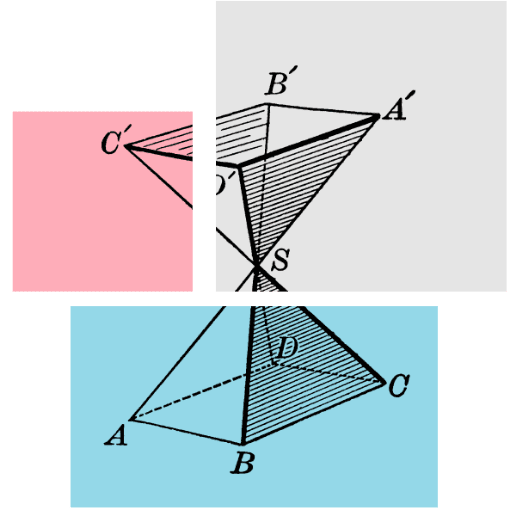SSAT, ISEE, & HSPT Test Prep
Athletes spend their youth building their bodies to compete at the highest level. Musicians sacrifice recreation for dedication to their craft. Younger students who have big dreams plant the seeds of success in perseverance and preparation.
One of the earliest introductions to standardized tests is the SSAT. Confidence around this exam prepares students for the high-stakes tests right around the corner. Early victories are vital components in academic development.
Our mission embraces all levels of learning—that means students who apply to independent or boarding schools will receive structure in the development of critical study skills, vocabulary building, math mastery, and reading comprehension. This is test prep turned life prep.

The Top Score SSAT Prep Process
Review
Recognize
Apply
Quantitative (Math)
Calculating Confidence

Verbal, Reading & Writing

